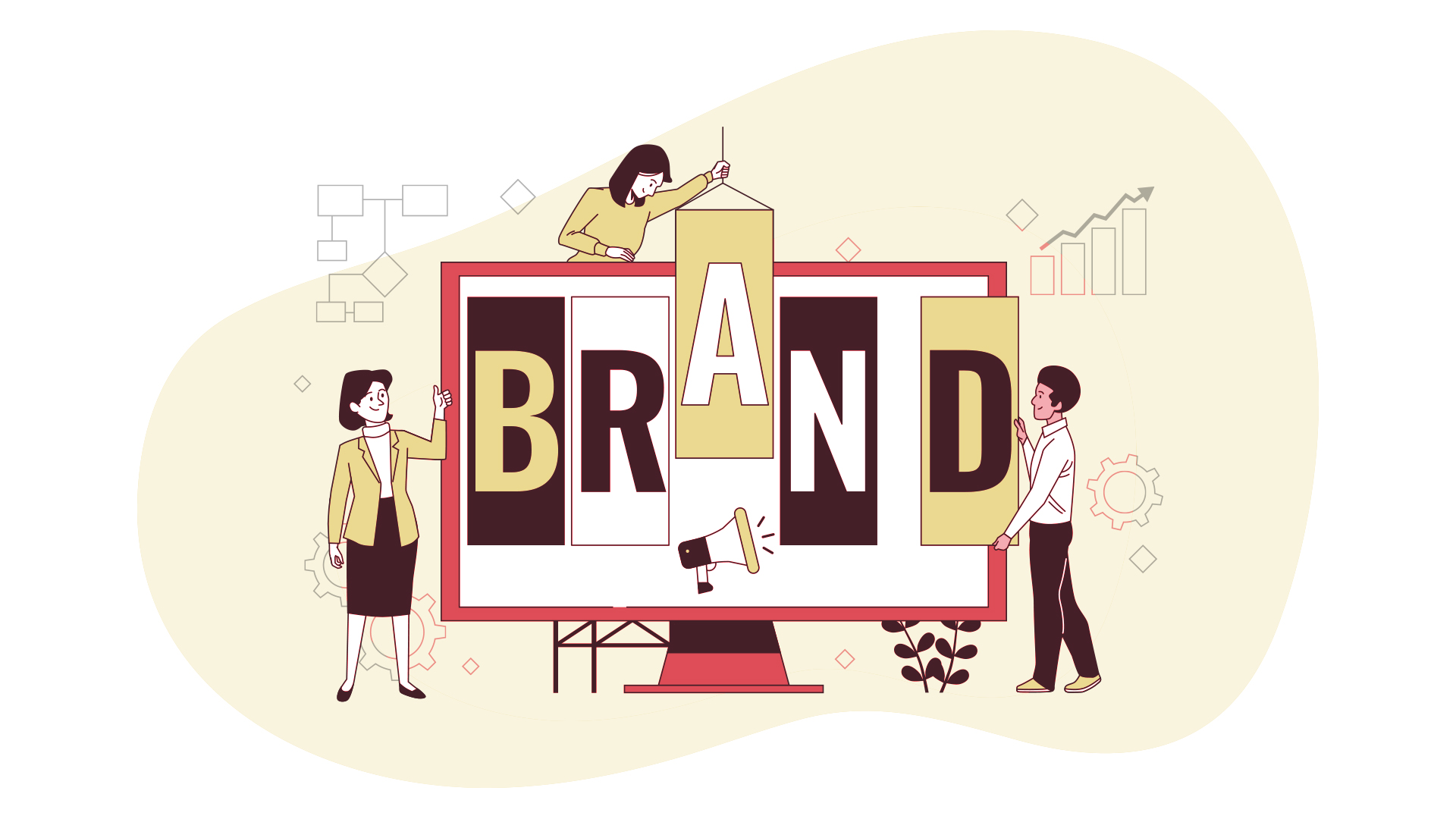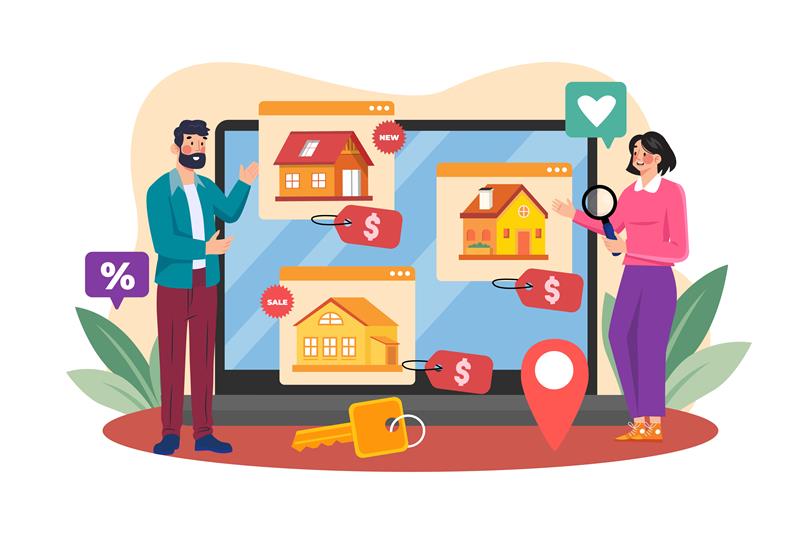A logo is a visual representation of a company’s personality and values, and it can communicate a lot about a brand in just a few seconds. A strong and effective logo is crucial in creating a brand identity that resonates with its customers and stands the test of time.
A well-designed logo can make a brand memorable and recognizable, while a poorly designed logo can have a negative impact on the overall perception of the brand.
In this article, we’ll explore the elements of a good logo and the psychology behind it. We will also learn how you can create a timeless logo for your brand that effectively reflects its identity and values.
Towards the end, we will examine successful examples of timeless logo designs and provide practical tips for creating a logo that stands out and endures.
Elements of a Strong Logo
Simplicity
A strong logo should be easy to recognize and remember at a glance without being overly complicated or busy.
Versatility
A versatile logo can be used effectively across a variety of applications and mediums, from business cards to billboards.
Uniqueness
A strong logo should be distinct and easily distinguishable from competitors, with a unique visual style and typography that reflects the brand’s personality and values.
Scalability
A well-designed logo should be scalable, meaning it can be resized without losing clarity or legibility. It should be just as clear and recognizable on a small business card as it is on a large billboard or other signage.
Brand Personality
A logo should reflect the personality and values of a brand. Whether it’s playful and fun or professional and serious, a logo should accurately showcase the brand it represents.
Timelessness
A strong logo should be timeless and not be affected by trends. The logo should have a classic and enduring quality that makes it relevant and recognizable for years to come.
Creating a Timeless Logo
Understanding your Brand
Before designing a logo, it’s important to first figure out your brand’s personality, values, target audience, and competition. This step will help you create a logo that accurately represents the brand and stands out from competitors.
Keep it Simple
A simple logo is often the most effective, as it is easy to recognize and remember at a glance. Avoid using too many colors, elements, or complicated typography.
Consider Scalability
A strong logo should be scalable and legible at any size. This means the logo must be tested in various sizes to ensure it can be used effectively across different mediums, right from business cards to billboards.
Choose Colors Wisely
Colors have a strong impact on the perception of a brand, so it’s important to choose colors that align with the brand’s personality and values. Consider the psychology of color and any industry associations when selecting colors for the logo.
Use Typography Strategically
Typography can also communicate the brand’s personality and values. Choose fonts that are legible, versatile, and reflect the style of your brand.
Avoid Trends
A strong and timeless logo should not be influenced by trends or fads. It should have a classic and enduring quality that remains relevant and recognizable for years to come.
Get Feedback
It is always a good idea to get feedback from others, whether it is from colleagues, customers, or designers. Feedback can provide valuable insights and perspectives on the logo design and enables refinement for maximum impact.
The Psychology of Color in Logo Design
The psychology of color in logo design is a powerful element for communicating a brand’s personality and values. Different colors have been shown to evoke different emotions and reactions in people and can be used strategically to create a certain mood or feeling.
For example, blue is often associated with trust, stability, and professionalism, which is why many financial and healthcare brands use blue in their logos. On the other hand, yellow is associated with optimism and happiness, which is why it’s often used in logos for food and beverage brands. Red is associated with excitement and passion, which is why it’s often used in logos for entertainment and sports brands.
When choosing colors for a logo, it’s important to consider the emotions and values that the brand wants to evoke in its customers, as well as any industry associations or trends.
By understanding the psychology of color, a brand can create a logo that resonates with its audience and effectively communicates its personality and values.
Examples of Successful Timeless Logo Designs
Many brands have created logos that have helped them establish strong brand identity, often becoming iconic symbols in their respective industries. Here are some successful examples of timeless logo design:
Nike
The Nike “swoosh” logo, created in 1971, is one of the most recognizable logos in the world. The logo was named after the Greek goddess of victory, Nike. It’s simple, versatile, and embodies the brand’s values of athleticism, speed, and agility.
Coca-Cola
The Coca-Cola logo, first created in 1887, has undergone many changes over the years but has remained true to its roots with its distinctive script typography and red-and-white color scheme. The logo is synonymous with happiness, joy, and refreshment.
FedEx
The FedEx logo, created in 1994, is a clever use of negative space to create an arrow between the “E” and “X”, symbolizing speed and precision. The logo embodies the brand’s values of reliability and efficiency.
Mercedes-Benz
The Mercedes-Benz logo, created in 1909, features a three-pointed star symbolizing the brand’s goal of dominating land, sea, and air. The logo has remained virtually unchanged over the years and is synonymous with luxury, performance, and sophistication.
A Powerful Logo Results in Brand Recognition and a Lasting Legacy
In conclusion, a strong and timeless logo is a crucial component in creating a lasting brand identity.
By understanding the elements of a strong logo, the psychology of color, and studying successful examples of timeless logo design, brands can create a logo that accurately represents their identity and builds brand recognition over time. By investing time and resources into creating a powerful logo, brands can establish themselves as industry leaders and create a lasting legacy that resonates with customers for generations to come.












